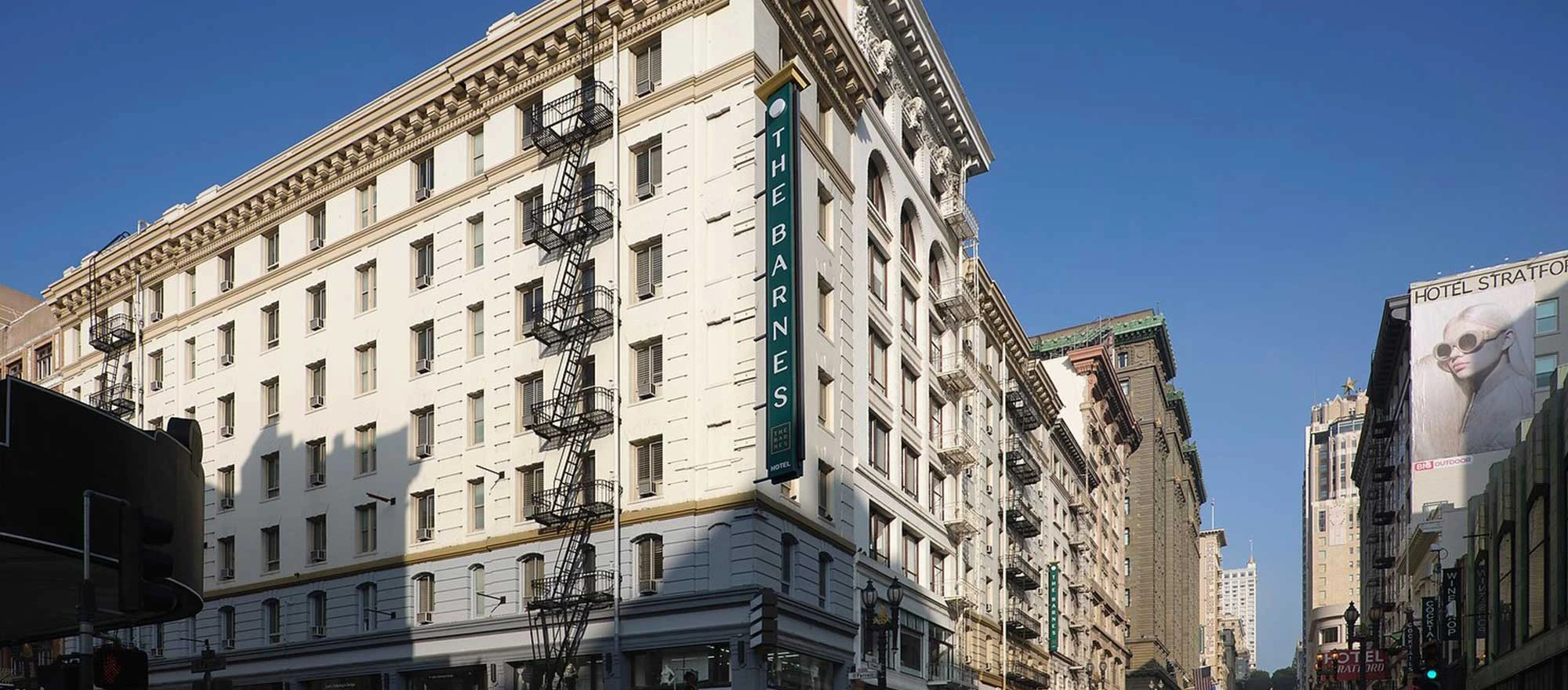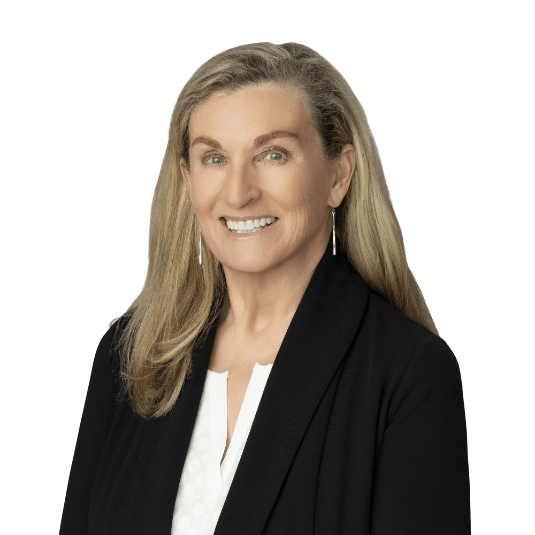Lack of International, Business Travel Is Holding the Market Back
The San Francisco market had positive growth in occupancy, average daily rate and revenue per available room in 2022, but still remains significantly behind its peers on the top 25 market list and its pre-pandemic levels from 2019.
According to data from STR, CoStar’s hospitality analytics firm, San Francisco in 2022 — through November — had an occupancy of 64.7%, an ADR of $208.96 and a RevPAR of $138.18, all stark improvements compared to 2021 levels but a sharp decrease from 2019 levels. In 2019, the market had an occupancy of 81.9%, an ADR of $249.30 and a RevPAR of $204.13.
Krishelle Cruz, vice president of national sales for Island Hospitality, said some of the increases can be attributed to inflation, but San Francisco’s hotel market still has a ways to go.
“The San Francisco market continued to see its gradual or slow or minimal growth year over year in terms of occupancy, and then you did see decent rise in the average daily rate, naturally due to inflation, but compared to pre-pandemic levels, the market still hasn’t fully recovered,” Cruz said.
Richard Sandoval, vice president of operations for SPIRE Hospitality, said San Francisco began recovering in September and is in a better spot now than it was a year ago, but compared to other big markets, it’s recovering much more slowly.
“Obviously there are 25 major markets tracked in the U.S., and in 2019, San Francisco was No. 1. Year to date, San Francisco’s No. 25,” he said. “The beginning of the year was very challenging, and you could definitely see the market’s recovery was impacted at every level.”
The market’s slow return to form can be attributed to a multitude of factors, chief among those the lack of international and business travel. And perhaps just as important as the lack of those two segments is that no other segment took a step up in the absence, Sandoval said.
“There’s not one segment that has saved San Francisco at any point in time,” he said.
International Travel
Cruz said that nearly a third of visitors to Island Hospitality’s San Francisco hotels were from international markets in 2019, with more than 50% of those visitors coming from countries in Asia. In 2022, travel from Asian countries represented only 29% of 2019 levels. Even travel from European countries, which Sandoval called “the most positive” thing of the past year, only reached 62% of pre-pandemic levels.
Travel from Asian countries was still hindered by strict COVID-19 policies that barred travel to the United States. Justin Schlageter, senior appraiser at CBRE Group, said South Korea and Japan have lifted a lot of restrictions, which led to some demand in the market this year, however China is still a massive holdout.
“China was really the largest source of international travel pre-pandemic, and that’s, for all intents and purposes, just completely dried up,” he said. “With China lifting their restrictions, I think that’s one of the caveats there that San Francisco is really relying on, that reinstatement of Chinese international travel.”
Sandoval said the impact of international travel goes beyond filling occupancy at hotels. International travelers also spend more in the city compared to the average traveler since they’re trying to make the most of their experience in the states.
“It’s usually important because [international travelers] do have longer lengths of stay. They’re also the ones that are helping the general tourist dollar because they’re looking for experiences, they’re doing the activities, they’re in the restaurants, they’re truly of the city and they’re in the space looking for the San Francisco experience,” he said.
Business Travel
Numbers are down on business travel across the U.S., but for a big tech city reliant on it like San Francisco, the implications of missing corporate travel are more significant.
Cruz said travelers flocked to popular leisure destinations such as San Diego and New York as soon as they could travel again, helping those cities inch closer to pre-pandemic levels while San Francisco awaited the return of business.
“We saw a flip of the switch in the leisure destination market,” she said. “When restrictions started to ease, we saw a lot of those domestic travelers eager to get out of their house, just from sheltering in place for so long that those destinations outperformed and recovered a lot quicker than a San Francisco market that is dependent on big tech.”
Office occupancy is in the mid-30% to low 40% range in the San Francisco market due to more flexible work-from-home schedules, Schlageter said. If no one is in-person in the city, then there’s no reason to meet for business there, either.
The market also remains off pace from 2019 for convention center bookings. Sandoval said San Francisco cleared 900,000 rooms booked for conventions in 2019 but fell short of 400,000 in 2022. That number has already grown considerably for 2023, with 650,000 rooms on the books.
“You’re talking about a 300,000-room-night lift from where things are actualizing in 2022. Still not the 900,000 plus that were here in ’19, but that is better recovery,” he said.
Future of the Market
Although 2023 levels aren’t projected to return to 2019 levels, San Francisco is on pace for continued, but slow, growth.
“[There are] reasons to be optimistic — maybe not bullish, but optimistic,” Sandoval said. “Comparatively, you’re not recovered to ’19 levels, but just much more substantial performance [on the books in 2023] than you had in ’22.”
Schlageter said he projects stabilization will come in the market in either 2024 or 2025, when hopefully international travel and convention center activity pick up.
An often-used term coming out of the pandemic was: “This is the new normal.” Cruz said she’s over that saying and adjusted it to be more forward-looking.
“In terms of the Bay Area … I just stopped saying that. I said, ‘It’s going to be the next normal. Whatever comes, that’ll be the new norm. Whatever the next factor is, then that’s going to be the next norm.’ It’s being able to adapt and adjust to what we’re able to do,” she said.
As seen in Hotel News Now on December 20, 2022.


 Richard Sandoval
Richard Sandoval  Lindsay Greenshields
Lindsay Greenshields 
 SPIRE Hospitality
SPIRE Hospitality 
 Theresa Hajko
Theresa Hajko 

 Ginny Morrison
Ginny Morrison 
 Chris Russell
Chris Russell 